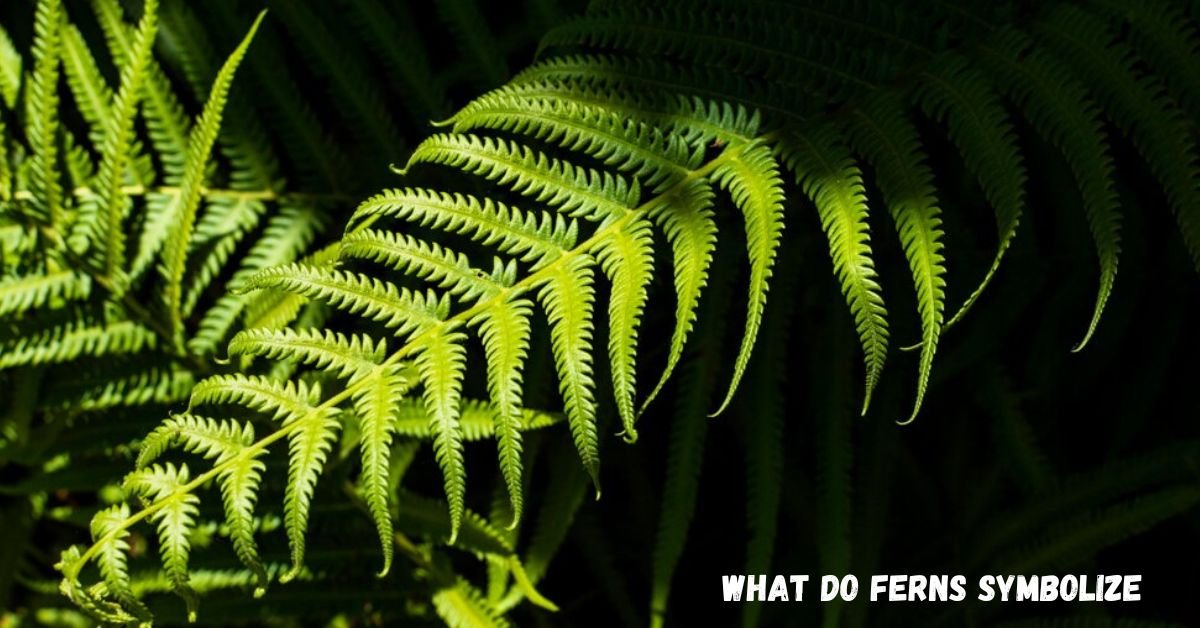Cultural Symbolism of Ferns
Maori Culture (New Zealand)
In Maori culture, the silver fern, or ponga, is a national emblem symbolizing strength, endurance, and resilience. The elegant shape of its fronds represents stubborn resistance and enduring power. To the Maori, it signifies a connection to their homeland and identity.
Victorian Era (England)
During the Victorian era, ferns became emblematic of sincerity and humility. The “Pteridomania” or fern craze saw these plants incorporated into art, literature, and home decor, reflecting a fascination with their form and the values they represented.
Japanese Culture
In Japan, people associate ferns with family and hope for future generations. They often use ferns in ceremonies and as motifs in art to represent prosperity and the enduring nature of the family lineage.
Celtic Traditions
Celtic folklore imbues ferns with magical qualities, associating them with protection and luck. People gathered uncurled fronds of male ferns at Midsummer, dried them, and carried them for good luck. They also considered ferns powerful protective plants that attracted fairies.
Native American Beliefs
Among Native American tribes, ferns symbolize a deep connection to nature and spiritual growth. They are seen as indicators of ecological health and are used in various rituals to promote inner peace and connection with the earth.
Spiritual and Symbolic Meanings
Endurance and Resilience
Ferns are ancient plants that have survived various climatic changes over millions of years. This endurance makes them symbols of resilience and the ability to thrive in challenging conditions.
Magic and Protection
In various folklore, ferns are believed to possess magical properties. Carried or worn, fern has the power to guide its bearer to discover treasures. If you stand in a silent spot covered with ferns at midnight, Puck will appear and give you a purse of gold.
New Beginnings and Growth
The unfurling of fern fronds, known as “fiddleheads,” symbolizes new beginnings and growth. This imagery is often used to represent personal development and the continuous unfolding of life’s potential.
Life and Death
In some cultures, ferns symbolize both life and death. According to many tropical beliefs, ferns symbolize death. They are used in graveyards and funerals to honor and remember the deceased.
Modern Interpretations and Uses
Decorative Symbolism
Today, ferns are popular in interior design, symbolizing sincerity and humility. Their lush greenery adds a sense of tranquility and connection to nature within indoor spaces.
Fashion and Art
Ferns have made their way into fashion and art as symbols of elegance and timeless beauty. Designers and artists incorporate fern motifs to evoke a sense of natural grace and resilience.
Literature and Media
In literature and media, ferns often symbolize mystery and the hidden wonders of nature. Their presence in storytelling can represent the unfolding of secrets or the journey into the unknown.
Comparison of Fern Symbolism Across Cultures
| Culture/Tradition | Symbolism | Practices |
|---|---|---|
| Maori (New Zealand) | Strength, endurance | Used as national emblem |
| Victorian Era (England) | Sincerity, humility | Incorporated into art and decor |
| Japanese Culture | Family, prosperity | Used in ceremonies and art |
| Celtic Traditions | Magic, protection | Carried as good luck charms |
| Native American Beliefs | Connection to nature | Used in rituals and healing |
Conclusion about what do ferns symbolize
Ferns hold a rich tapestry of meanings across different cultures and traditions. From symbols of resilience and new beginnings to emblems of magic and protection, their significance is as diverse as the societies that revere them. Understanding what ferns symbolize offers insight into human values and our enduring connection to the natural world.

